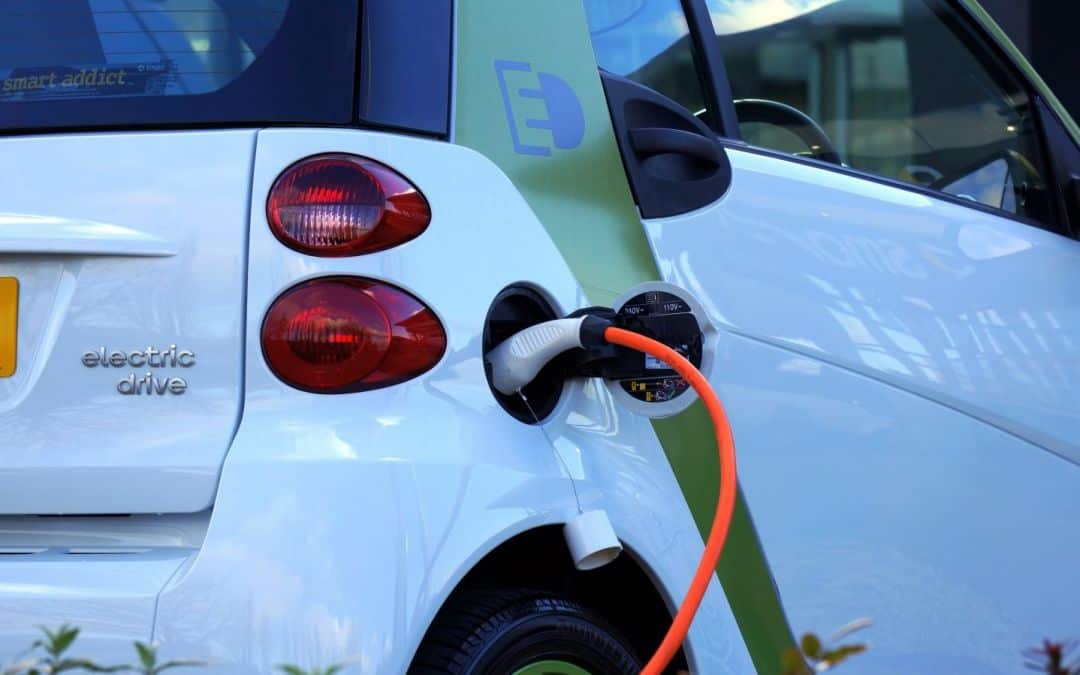The next time you see the people in your office scrambling to the gas station because of an upcoming long-weekend price hike, you can walk around smugly, knowing that you aren’t affected by the price of crude, then silently drive into your garage and tap into an endless supply of power. If you’re considering an electric vehicle in Victoria, here are a few things to keep in mind.
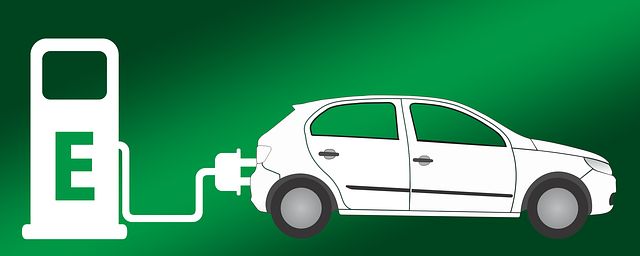
1 – How far do you typically drive?
One of the specs you’ll see on pretty much all of the electric vehicles (EV) is how far they can go on a single charge. Unless you do a lot of long-distance driving, this won’t be a big deal. According to Natural Resources of Canada, drivers in BC typically travel about 13,100km per year (the national average is 15,200). This article shares that the average for US drivers is 28 miles per day, or about 45km. Entry-level electric vehicles have a range of about 200 – 250km per charge, while mid- and luxury-level EVs have substantially better batteries that can take you further, faster.
What’s that mean in the real world? You could drive up to Nanaimo and back on one charge, or cruise up to Comox on a full charge, each way. If you live near Elk Lake and work downtown, you’re looking at about 30 clicks roundtrip, so a full charge might last you the work-week, with enough charge for a bonus trip to Costco on the weekend.

2 – How do I charge my car?
Charging times are affected by how much electricity you can put in your car at one time. Petro-Canada is promoting its EV Fast-Charge Network – the Electric Highway – and claims that their stations can charge a typical EV in 30 minutes or less. Yes, that’s longer than it takes to fill up your car, but it’s substantially cheaper, and with the advancements in batteries and charging protocols, your range will get longer and charging times will get shorter.
Another EV advantage is the ability to charge at home: pull up to the garage, plug in your car, and have it fully charged when you’re ready to go. While you can charge your vehicle from a typical wall outlet, it’s going to charge much, much slower due to the amount of power each outlet can deliver. Some manufacturers advise against using regular outlets for your daily charge, as they’re not designed to run at high capacity for extended periods, and in some cases, can take up to 24 hours to charge your battery.
Most residential circuits are designed for a maximum of 15 or 20 amps, which gives you roughly 1.8 to 2.4 kilowatts. Compare that to the fast chargers at Petro-Can that can deliver 100 to 300 kilowatts, and you don’t need to be a mathamagician to see that the outlets in your garage will need a bit of help.
3 – Should you add a charging station to your home?
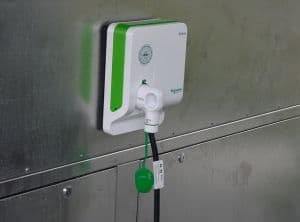
- Plug into your existing 15-20amp circuit for a slower charge
- Use an adapter to charge from two circuits at one time (most two-car garages will have two circuits, but smaller garages will typically have just one circuit, so you’ll need to plug part of the adapter in somewhere else)
- Have an electrician (like one of the experts at Titan Electric!) install a designated circuit for a high-current charger, giving you a full charge in a fraction of the time.
Given the amount of driving you do in a day, it’s unlikely you’ll run the battery flat on a regular basis, so much of the time at home, you’ll be topping off your charge. But – just like those times when you forget to charge your phone, it’s handy to have an option to get your charge back up, quickly.
Adding a charging station in your hope can give you a substantial boost in speed and safety when charging your EV. We can install a Level 2 charger to give you a good boost in charging capacity – between 3.3 and 7.4 kilowatts – and in most cases, without a massive upgrade to your electrical system.
BC Hydro has put together some great resources about choosing a home EV charger. If you have questions about how to get things started, give us a call. We’re Red Seal certified electricians, and can help you find the right solution for your home.
4 – Should you add a charging station to your business?
Adding a charging station or two to your business can provide value to your customers and to your employees. You can tag your location on some of the EV apps, like PlugShare, so people have another reason to choose your business. It’s also a good way to show that you’re pro- clean-energy solutions, which helps you build stronger connections with this audience without turning anyone away. As more people make the move to electric, having charging stations at your location will be a deciding factor for people to shop in your store.
5 – Are there any rebates for installing a charging station at your home or business?
If you’re thinking about an EV charging station for your home or business, there are substantial rebates currently available from the federal government and BC Hydro. Businesses and multi-unit buildings can recoup up to 50% of the installation cost (up to $2000 per station or $14,000 for multiple stations) and homeowners can take advantage of BC Hydro’s top-up, which brings the rebate value to $700 when installing an EV charger at home
If you haven’t purchased your EV yet, there are some attractive rebates available, too. While all of the current rebates require the vehicle to be purchased new, it certainly helps take the sting out of a new vehicle purchase.
One thing you’ll notice about the EV community in Victoria is just how friendly and helpful they are. There’s a camaraderie developing at the charging stations, with experienced EV-ers helping out the newbies and sharing tips and tricks for getting the most distance out of your charge.
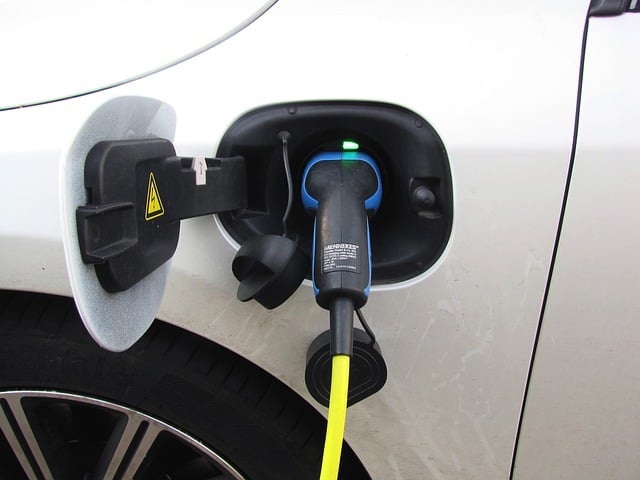
If an electric vehicle is a possibility in your future, give us a call for a no-charge, no-commitment estimate for installing a Level 2 charger in your home or business, and we’ll help you through the rebate process, too.
Titan Electric – Get Connected
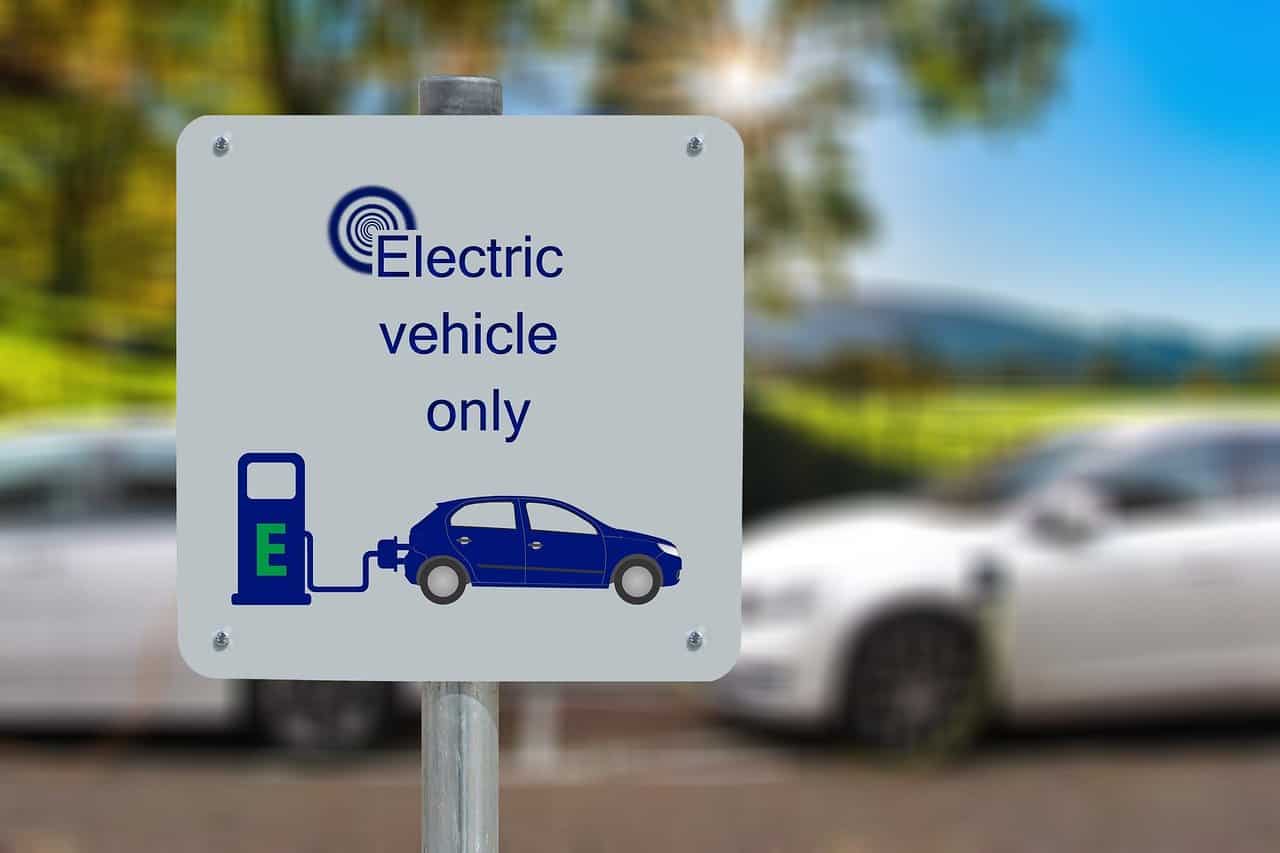
Bonus tips: EV Charging Station Etiquette
When you get your electric vehicle, here are a few things to remember about the charging stations you see at work, school, and while shopping:
- These spots are for charging EVs, not preferred parking spots for EV owners – juice up if you need it, then move your car to a normal parking spot. Shoot for 30 – 40-minute sessions at most.
- Don’t unplug someone else’s EV while it’s charging
- To communicate your preference for plugging/unplugging your EV, there are hangtags available
- Don’t park your combustion-engine in an EV charging spot
- Use PlugShare to let other EV users know where the charging stations are, and when you’re done using it
- You’ll figure this out quickly, but there are different adapters for different vehicles – know in advance which one is right for your EV before you pull up to the charger, as it might make a difference in how you need to park at it

